
As the world faces a climate crisis with rising temperatures, extreme weather events, and declining soil health, the need for climate-friendly agriculture has never been greater. Traditional industrial farming methods contribute significantly to greenhouse gas emissions, soil degradation, and biodiversity loss. However, regenerative agriculture offers a powerful solution—one that not only sustains our food systems but actively works to combat climate change.
By focusing on carbon farming, carbon sequestration, and sustainable food systems, regenerative agriculture transforms farms into climate solutions rather than climate problems. Let’s explore how these practices contribute to greenhouse gas reduction and a healthier planet.
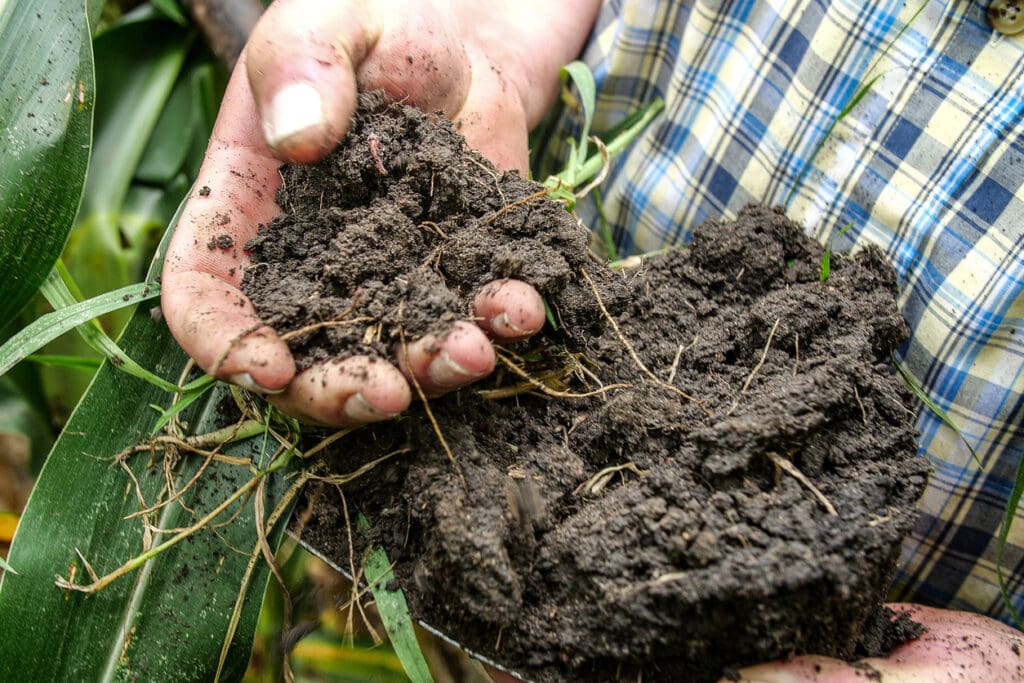
Regenerative agriculture is an advanced form of climate-friendly agriculture that prioritizes soil health, biodiversity, and ecosystem restoration. Unlike conventional farming, which depletes soil nutrients and relies on synthetic inputs, regenerative farming rebuilds organic matter, enhances water retention, and removes carbon from the atmosphere.
The goal of regenerative farming isn’t just sustainability—it’s restoration. By improving soil and plant health, this approach helps reverse the negative environmental impacts of industrial agriculture while creating sustainable agricultural practices that are more resilient to climate change.
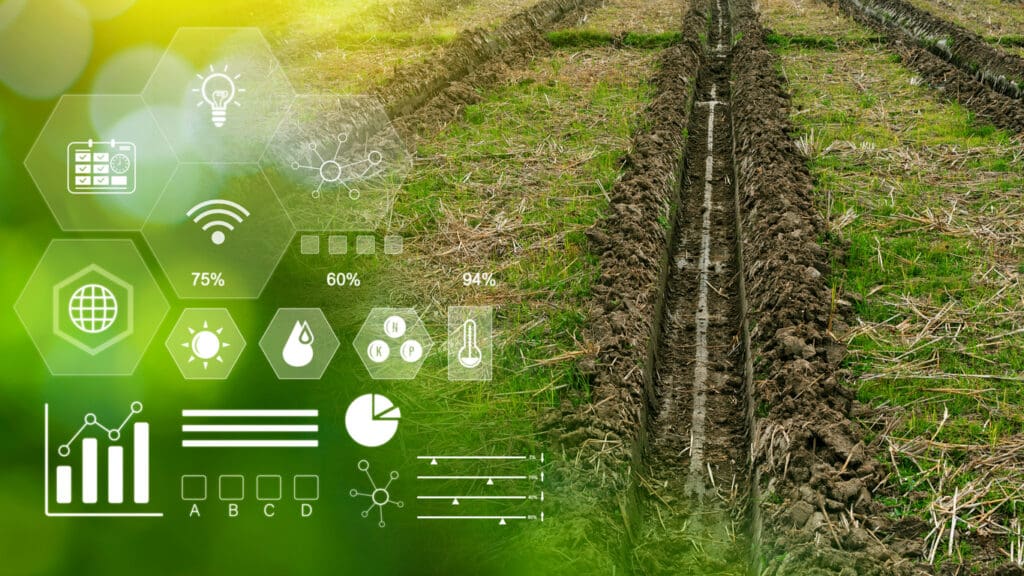
One of the most effective ways regenerative agriculture helps combat climate change is through carbon farming—a set of practices designed to draw excess carbon dioxide from the air and store it in the soil. Carbon farming techniques include:
These methods leverage natural carbon sequestration processes, such as photosynthesis in plants and trees, to capture and store carbon effectively.
By implementing these methods, farmers can turn agricultural land into carbon sinks, effectively reducing excess CO₂ in the atmosphere while improving the long-term productivity of their fields.

At the heart of carbon farming is carbon sequestration—the process of capturing and storing carbon in soils, trees, and plants. Healthy soil has the potential to hold vast amounts of carbon, reducing the amount of CO₂ in the atmosphere and mitigating global warming.
In degraded soils, carbon escapes into the air, worsening climate change. However, regenerative farming techniques restore soil health and allow the land to act as a natural carbon reservoir, preserving the natural environment for effective carbon capture. Increasing soil organic matter by just 1% can store an additional 20 tons of carbon per acre, demonstrating the powerful impact of carbon sequestration in regenerative agriculture.

Beyond capturing carbon, regenerative agriculture plays a crucial role in building sustainable food systems that deliver food security. Conventional farming methods deplete soil, require massive amounts of water, and contribute to pollution, making them unsustainable in the long term.
Regenerative practices improve soil fertility, enhance water retention, and reduce reliance on chemical inputs. Healthier soil means stronger, more nutrient-dense crops, leading to a sustainable food system that is both productive and environmentally responsible. By shifting toward climate-friendly agriculture, farmers can feed growing populations while preserving the planet for future generations.
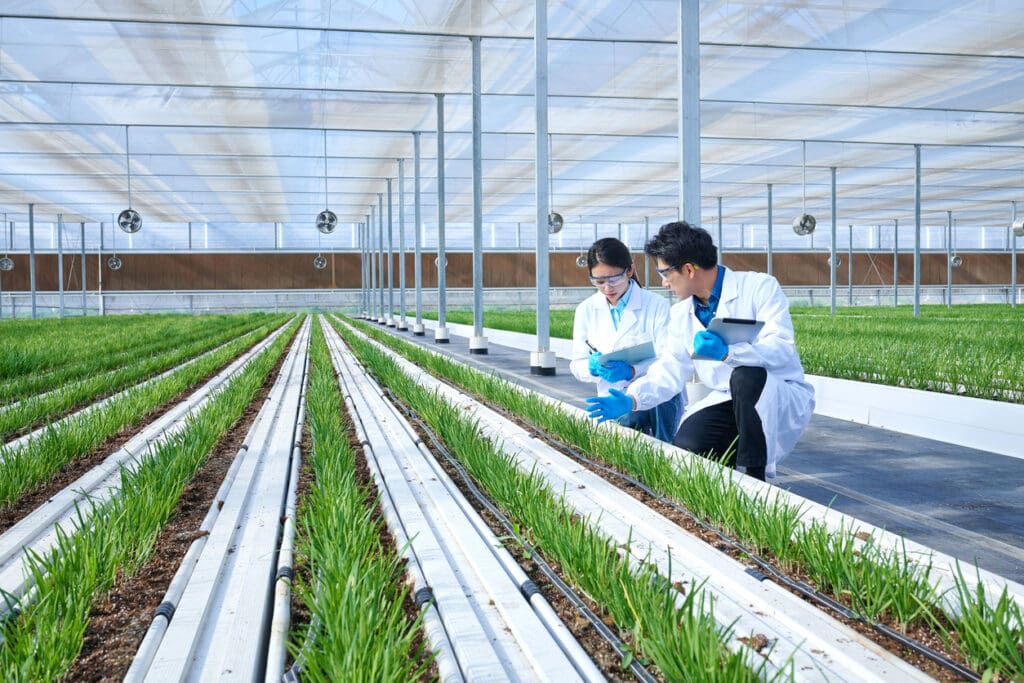
Agriculture is responsible for nearly one-third of global greenhouse gas emissions, primarily due to soil degradation, deforestation, and excessive fertilizer use in food production. However, greenhouse gas reduction is possible with regenerative techniques that focus on soil regeneration, water conservation, and emissions reduction.
Some key ways that regenerative agriculture reduces greenhouse gas emissions include:
By adopting climate-friendly agriculture methods, farmers can drastically cut emissions while improving long-term farm viability.
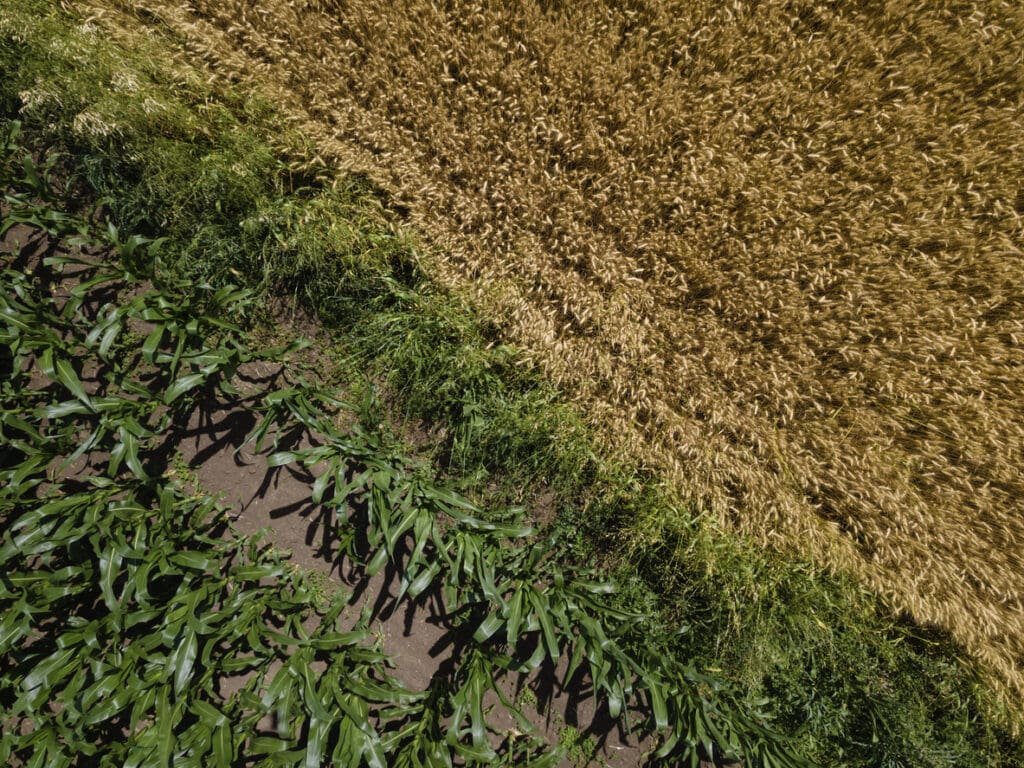
Regenerative agriculture is a holistic approach to farming that prioritizes soil health, biodiversity, and ecosystem services. This method offers numerous benefits for climate change mitigation, including the sequestration of carbon dioxide, reduction of greenhouse gas emissions, and improved soil fertility. By promoting the use of cover crops, crop rotation, and organic amendments, regenerative agriculture helps build soil organic matter and reduce the reliance on synthetic fertilizers.
Conservation tillage and reduced tillage are also key practices in regenerative agriculture, as they minimize soil disturbance and promote soil carbon sequestration. These methods can significantly reduce greenhouse gas emissions from agriculture, which account for around 25% of global emissions. Improved soil fertility from regenerative practices reduces the need for synthetic fertilizers and promotes more efficient water use.
Biodiversity is another critical component of regenerative agriculture, essential for maintaining ecosystem services and promoting resilience in the face of climate change. Farmers practicing regenerative agriculture can benefit from increased crop yields, improved soil health, and reduced input costs, ultimately enhancing their livelihoods.
Regenerative agriculture is a key strategy for achieving sustainable development and mitigating climate change. It has the potential to sequester up to 3 gigatons of carbon dioxide equivalent per year, which is equivalent to taking 600 million cars off the road. By adopting regenerative practices, we can create a more sustainable and resilient agricultural system that supports both the environment and food security.
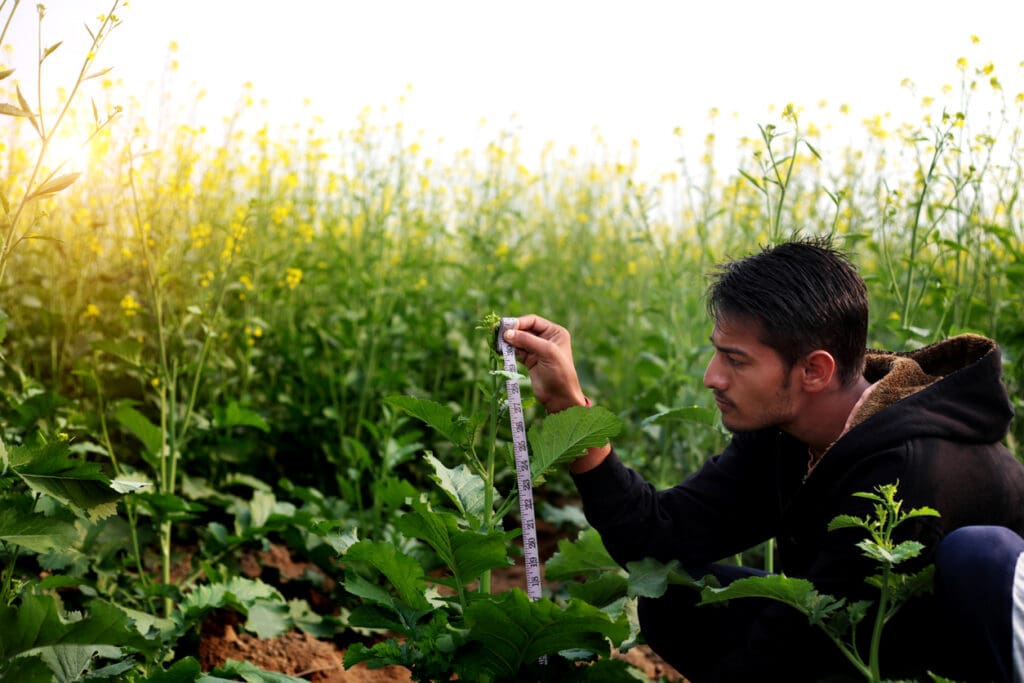
Scaling up regenerative agriculture is critical for achieving food security and mitigating climate change. This approach has the potential to improve crop yields, reduce greenhouse gas emissions, and promote more efficient water use. To achieve this, governments, international organizations, and civil society must collaborate to promote policy and regulatory frameworks that support sustainable agriculture.
Investment in research and development, extension services, and farmer training programs is essential for scaling up regenerative agriculture. Integrating regenerative practices into national and international agricultural policies, including the Sustainable Development Goals (SDGs), is crucial for promoting sustainable development.
Focusing on small-scale farmers is vital, as they play a critical role in achieving food security and promoting sustainable agriculture. Market-based incentives, such as certification programs and premium prices for sustainably produced crops, can encourage the adoption of regenerative practices.
Emphasizing soil health, biodiversity, and ecosystem services is essential for maintaining ecosystem resilience. Regenerative agriculture must be integrated into climate change mitigation and adaptation strategies, including the Paris Agreement. Scaling up regenerative agriculture has the potential to improve the livelihoods of millions of farmers, promote food security, and mitigate climate change, creating a more sustainable and resilient future for all.
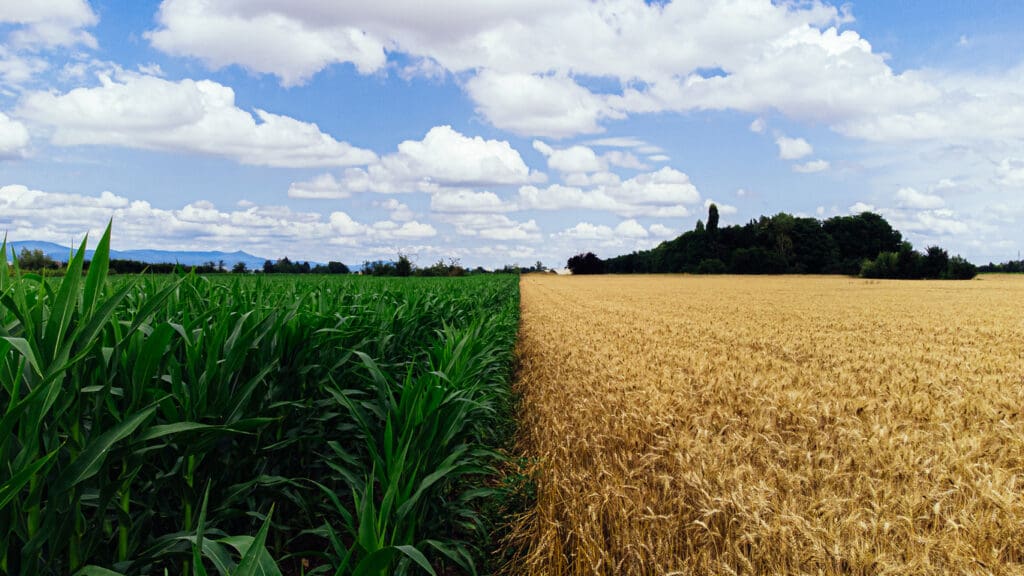
Regenerative agriculture represents a shift toward a more sustainable, climate-conscious food system. As more farmers adopt carbon farming and prioritize carbon sequestration, we can create an agricultural system that not only sustains itself but actively heals the planet.
Consumers play a crucial role in driving this change. Supporting farms and food brands that practice sustainable food systems and regenerative agriculture helps fund the transition to climate-friendly farming. Supporting farms and food brands that practice sustainable food systems and regenerative agriculture is especially crucial in developing countries, where food security challenges are more pronounced. By choosing regeneratively grown food, you’re not just making a healthy choice for yourself—you’re making a positive impact on the environment.
At Doudlah Farms, we believe in the power of regenerative agriculture to restore the land and combat climate change. Our commitment to biodiversity, soil health, and sustainable farming ensures that every crop we grow supports a healthier planet.
Join us in the movement toward a climate-friendly future. Explore our regeneratively grown products and be part of the solution today!





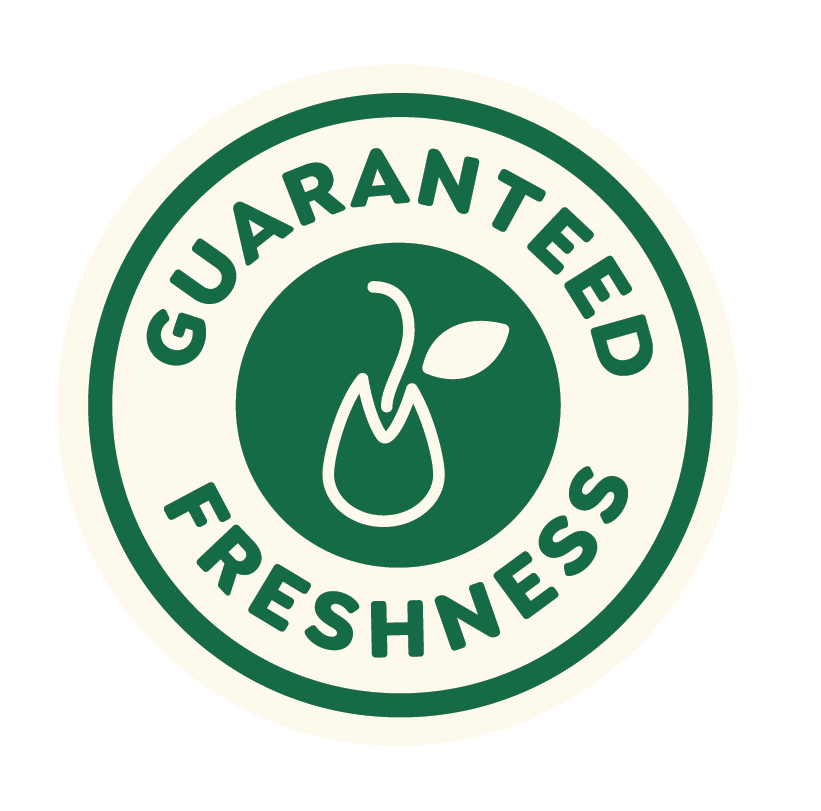

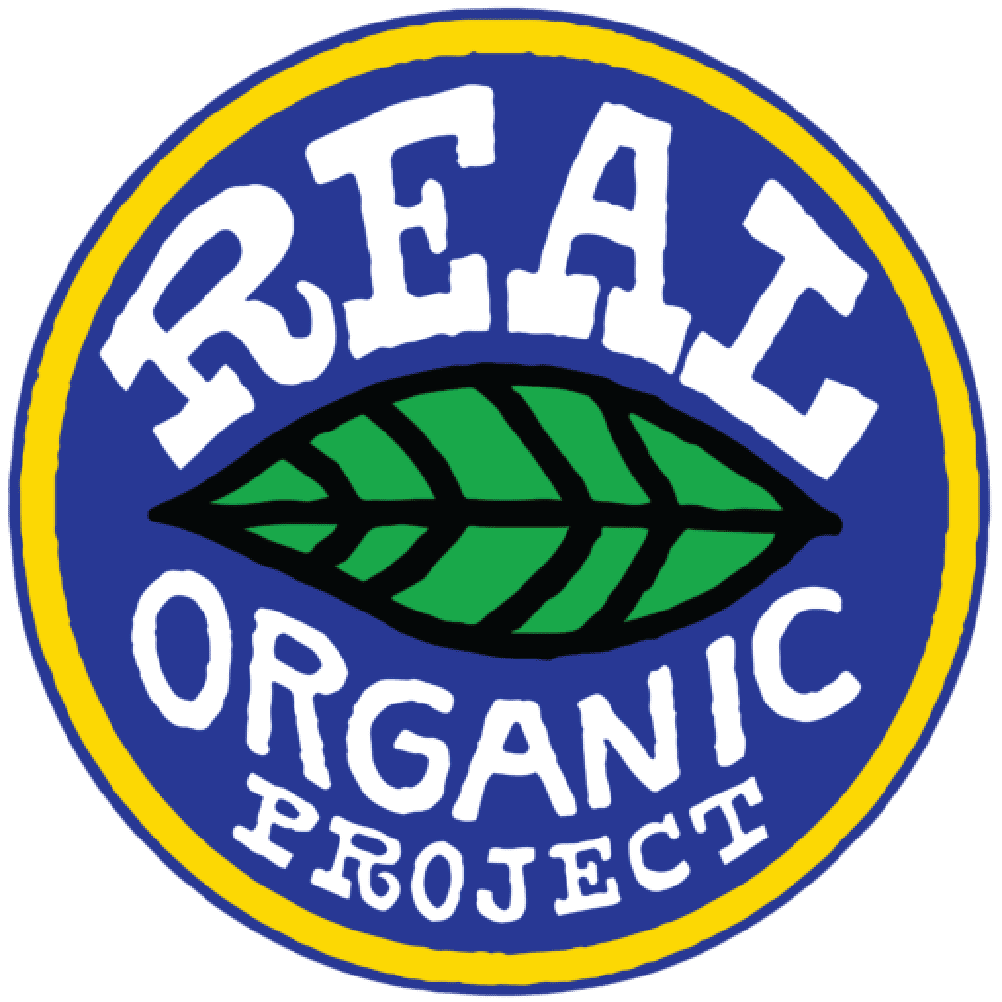
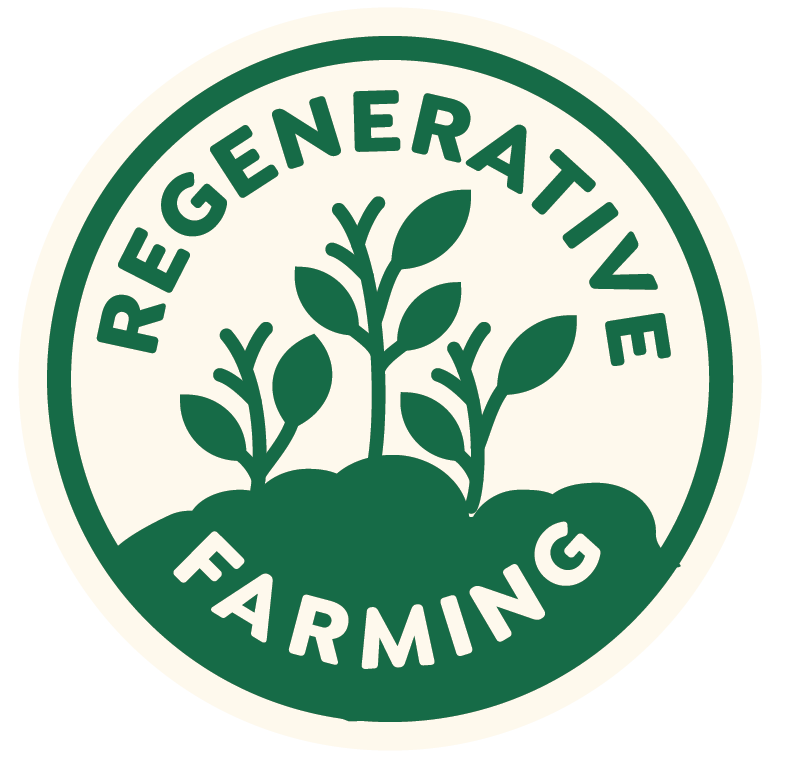
Sign Up for Exclusive Updates, Current Events, Recipes, and Special Offers and more!